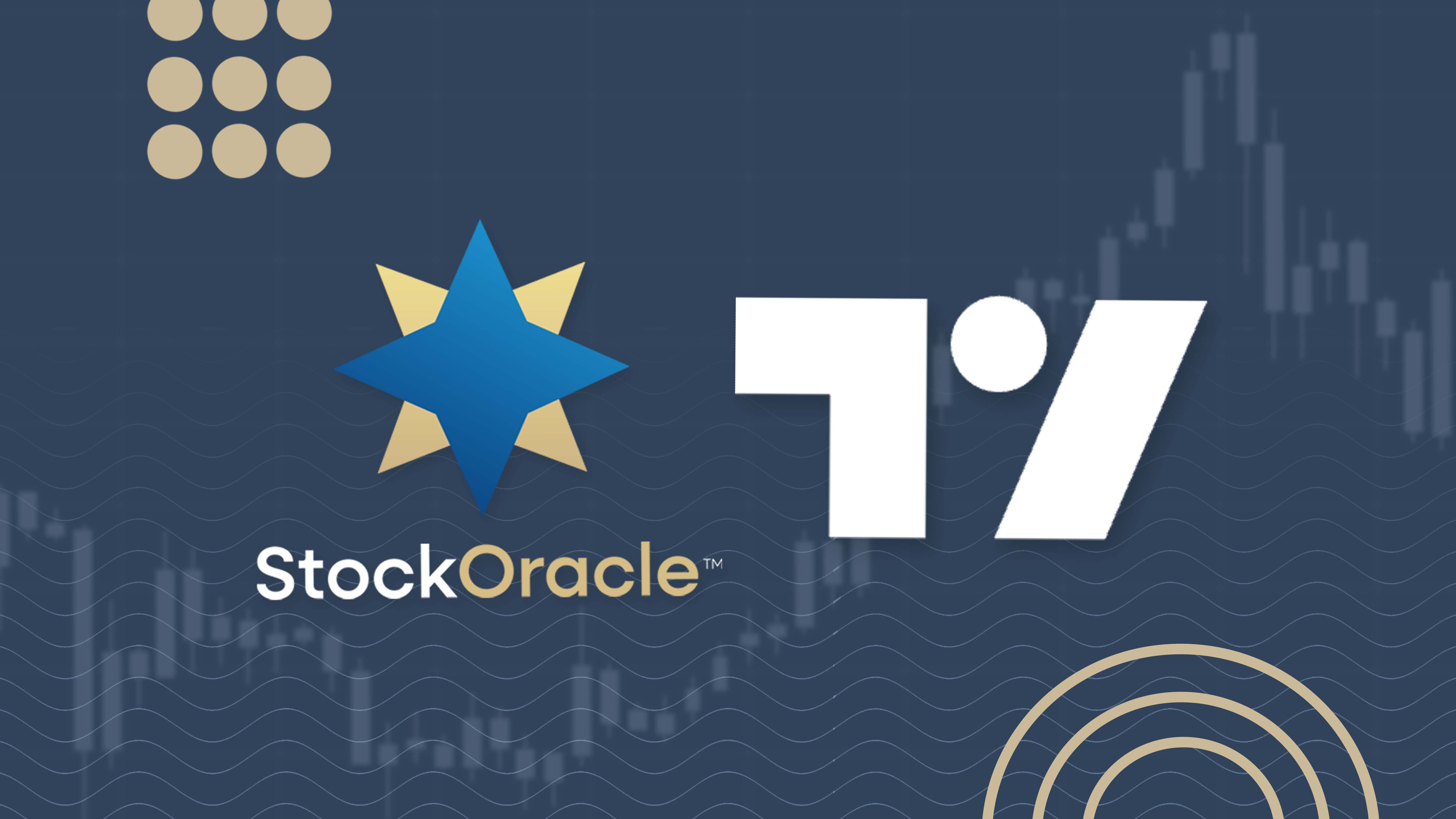Gross Profits vs EBITDA : What’s the difference
By Piranha Profits TeamLast updated on August 22, 2025
When we first start analyzing a company, the gross profit margin often feels like the most straightforward metric. It’s simple: revenue minus the COGS (cost of goods sold). If a business sells a product for $100 and it costs $40 to produce, the gross margin is 60%.
As retail investors, this margin is often the first number we look at to judge whether a company has a healthy product or service.
But the story doesn’t end there. A company can report fat gross margins while still struggling to run a profitable operation. That’s where EBITDA margin (Earnings Before Interest, Taxes, Depreciation, and Amortization) comes in.
So here’s the real question: which margin should I pay attention to — gross margin or EBITDA margin?
Gross Profit Margin : The First Lens
It shows how much profit a company retains after covering its direct production costs. However, context matters—you need to consider the industry when making comparisons. For instance, if you compare Meta, a social media giant, with Costco, a retail powerhouse, you’ll find their gross margins differ dramatically. That doesn’t mean Meta is inherently a better business than Costco; it simply reflects the nature of their businesses.
Comparison of EBITDA margin of META and COST powered by StockOracle™
At first glance, gross margin feels like a strong indicator of business quality. Investors often think: “If gross margins are solid, this business must be solid too.”
But gross margin only shows part of the picture. It doesn’t reveal what it costs to actually operate the company. A business can report sky-high gross margins yet still see profits evaporate once you factor in sales, marketing, and administrative expenses. This is where we need to move beyond gross margin and bring in the second lens: EBITDA margin.
EBITDA Margin: The Second Lens
HubSpot runs on software-like economics with an 84% gross profit margin, while its EBITDA margin sits at just 2.25%, showing that while it makes plenty after direct costs, heavy spending on growth and operations eats into overall profitability. Chart Powered by StockOracle™
If gross margin tells us about the profitability of a product, EBITDA margin tells us about the profitability of the whole company. It begins with revenue, subtracts direct costs just like gross margin, but then also deducts overhead expenses such as sales, general, and administrative costs (SG&A).
This makes EBITDA margin a more practical measure of day-to-day business efficiency. For instance, Hubspot(HUBS) may post a 84% gross margin but only a 2.25% EBITDA margin, which signals that heavy overhead is eating into profits.
Growth companies sometimes illustrate this dynamic. Take HubSpot (HUBS), for example. The company enjoys strong gross margins thanks to its subscription-based software model, but its EBITDA margin has historically been thin. Why? Because HubSpot reinvests heavily in sales, marketing, and research & development to capture market share and expand its customer base. In this case, the low EBITDA margin isn’t necessarily a red flag — it reflects a strategic choice to prioritize growth over near-term profitability.
This contrast highlights why EBITDA margin matters. Gross margin might suggest the product itself is lucrative, but EBITDA margin reveals the business model and cost structure.
When to Use Each
Now that we’ve seen how the two margins differ, the natural question is: How and When should gross margins and EBITDA margins be used.
- Gross margin works best when judging the core economics of a product or service, especially in industries where raw material costs swing (like retail, consumer products, or manufacturing).
- EBITDA margin works best when judging the efficiency of the entire business, especially in capital-intensive industries (like telecoms, airlines, or industrials) where overhead discipline matters most.
“Gross margin tells me if the product is good business. EBITDA margin tells me if the company is doing good business.”
Adding the Debt/EBITDA Lens
Once you understand EBITDA, the next natural step is to see how it connects to a company’s balance sheet strength. After all, profitability on paper doesn’t mean much if a business is drowning in debt. This is where the Debt/EBITDA ratio comes in.
Think of it this way: Debt/EBITDA tells you how many years of current EBITDA it would take for a company to pay off all of its outstanding debt. The lower the number, the more manageable the debt load.
Example: A utility company generating $5 billion in EBITDA with $10 billion of debt would have a Debt/EBITDA ratio of 2. That means, in theory, it could repay all its debt in just two years of operating profits — a comfortable level of leverage.
Contrast: An airline producing $1 billion in EBITDA but holding $12 billion in debt would sport a Debt/EBITDA ratio of 12. In good times, this might look sustainable. But in a downturn where travel collapses, cash flow can shrink quickly, making the debt load dangerous.
This is why banks, credit analysts, and private equity investors pay closer attention to EBITDA and Debt/EBITDA rather than gross margin. While gross margin tells you whether a product is profitable, Debt/EBITDA reveals whether the company can service its obligations and remain financially stable when conditions get tough.
Limitations & Pitfalls When looking at Gross Profits and EBITDA Margins
When comparing gross margin and EBITDA margin, investors should be cautious. Gross margin shows product-level profitability, while EBITDA margin accounts for overhead but still omits items like interest, taxes, and depreciation. Industries can distort these metrics—capital-intensive sectors may report similar gross margins but very different EBITDA margins, and service businesses often display high gross margins offset by heavy personnel costs.
Accounting choices and restructuring can also shift expenses between categories, creating misleading improvements.
Growth stage adds another layer: companies like HubSpot often have strong gross margins but weak EBITDA margins because they reinvest heavily in sales and R&D, while mature players like Salesforce show steadier EBITDA but slower growth. Acquisitions can complicate things further, sometimes lowering gross margins while artificially boosting EBITDA margins through synergies.
Ultimately, snapshot comparisons can be deceptive. A company with lower EBITDA today may have stronger long-term potential if its high gross margins reflect pricing power and scalability.
Related

When you analyze a company's financial health, it’s easy to get lost in a sea of metrics. But if ...

When you search a company on StockOracle™, you'll be greeted with a TradingView chart in the top ...

What is OracleIQ™ OracleIQ™ is like a visual health check for any U.S. stock. Instead of sifting ...


.png)


